The bug check REFERENCE BY POINTER has a value of 0x00000018. This indicates that an object’s reference count is invalid for the object’s present state.
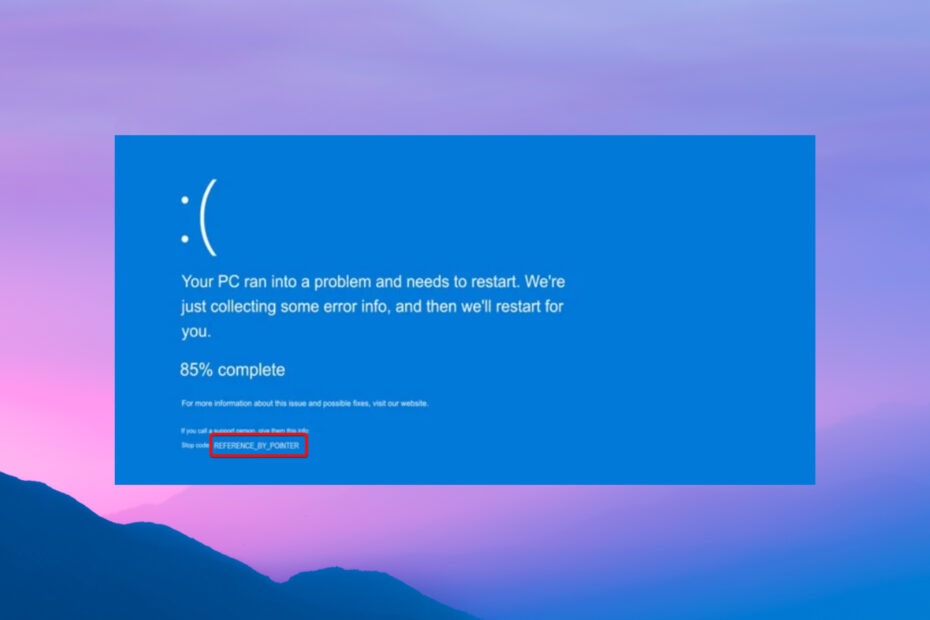
REFERENCE BY POINTER, also known as 0x00000018, is a specific issue that identifies an object’s illegal reference count based on its state. Users who encounter this problem experience a Blue Screen of Death, which is often hardware-related. Typically, this error code causes the system to crash, rendering users unable to execute any actions.
Recommended Post:- Fixed: Compile Error in Hidden Module in Excel and Word
Some of the most typical causes of the error code 0x00000018 are obsolete drivers, inconsistencies in timing, and general bugs infecting the system. We’ve included numerous practical troubleshooting solutions that will get you back up and running in no time. Let’s look into it.
Error Cause
The reference count of an object is invalid in its current state. When a driver uses a pointer to an object, the driver executes a kernel operation that increases the object’s reference count by one. When the driver has completed its work with the pointer, it invokes another kernel operation to reduce the reference count by one.
Calls to the routines that increase (reference) and decrease (dereference) the reference count must be matched by drivers. This bug check is triggered by an inconsistent reference count in the object. Typically, the inconsistency is caused by a driver that repeatedly decreases an object’s reference count, resulting in unnecessary calls that dereference the object. This bug check can occur when an object’s reference count reaches zero while the object still has open handles. It may also occur when the object’s reference count falls below zero, regardless of whether the object has any open handles.
How can We resolve the reference by pointer error?
Before going to the solutions in this part, you should take the following troubleshooting steps:
- Disable any overclocking settings and uninstall any overclocking programs.
- Deactivate or uninstall third-party antivirus software.
If they do not work, try the following fixes:
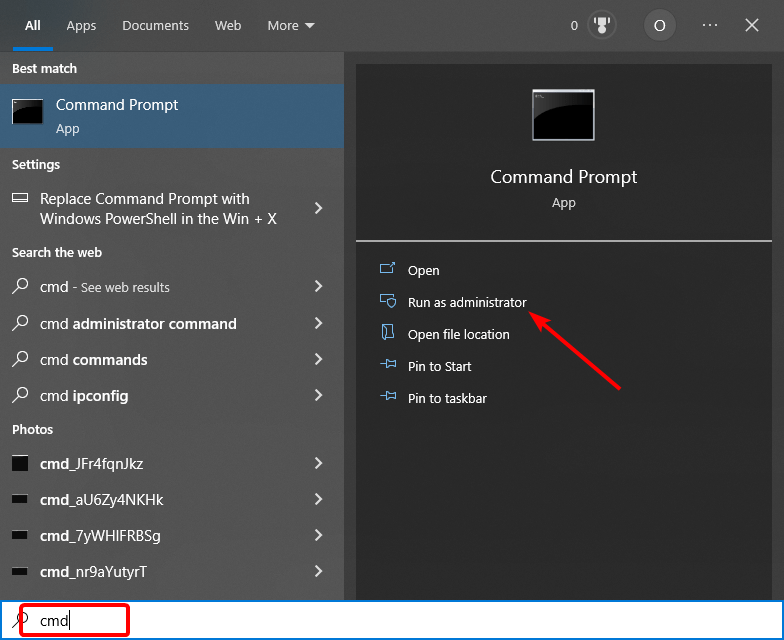
Solution 1: Checking System’s Ram
If you encounter Windows error number 0x00000018, the first thing you should do is check your system’s RAM, as this problem is frequently caused by faulty memory.
To accomplish this, use the built-in Windows Memory Diagnostic tool, which is extremely useful for debugging issues when the computer begins to function slowly, freezes, hangs, or displays a blue screen. Using it, you may determine whether or not difficulties with installed apps on the computer are caused by memory faults.
- Step 1: Enter Windows Memory Diagnostic in the taskbar’s search bar and press the Open button.
- Step 2: Select Restart now and check for errors in the dialogue box that appears on your screen. Then, wait for the memory test to finish.
- Step 3: A diagnostic message will show after your computer has rebooted. This notice appears in the bottom right corner of Windows 10.
Solution 2: Execute the CHKDSK command
- Step 1: Under Command Prompt, press the Windows key, type cmd, and then click Run as administrator.
- Step 2: Now, type the following command and press Enter: “chkdsk c: /r“
- Step 3: If you receive any prompts, press the Y key and wait for the order to execute.
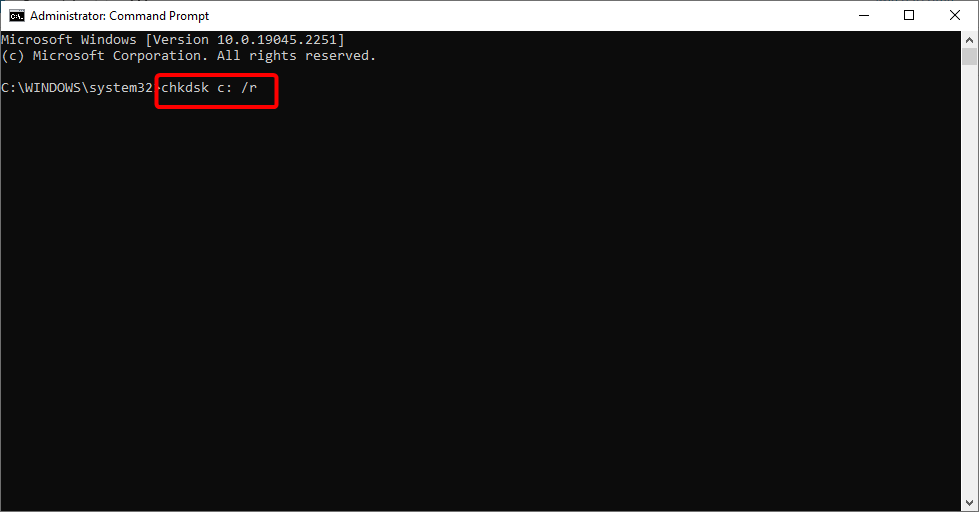
The most common source of reference by pointer (18) errors on various partitions on the C: drive. Running the CHKDSK command has resolved this issue for numerous users and should help you as well.
Solution 3: Install Your Graphics Card Driver Again
If your graphics card driver is faulty or obsolete, you may also receive the 0x00000018 error. The answer is simple; all you need to do is reinstall the driver.
- Step 1: Enter Device Manager in the taskbar’s search box and press Enter.
- Step 2: Expand Display adapters in the Device Manager window.
- Step 3: Right-click your Graphics Card driver and choose Uninstall device.
- Step 4: To begin, follow the on-screen instructions and restart your computer. Following your restart, Windows will automatically install the most recent driver version.
Solution 4: Execute the SFC and DISM commands
As previously explained, problems like the one at hand are frequently produced by corruption errors and system faults.
The good news is that Windows includes numerous built-in troubleshooting applications that allow you to scan for faults and fix them without much user interaction. Two such utilities are System File Checker (SFC) and Deployment Image Servicing and Management (DISM).
Most examples of file corruption can be fixed by using the SFC and DISM utilities, so we recommend that you try these. Hopefully, it will address the problem quickly.
Solution 5: Start the Driver Verifier Manager Tool
Using the Driver Verifier Manager program, you can also identify the corrupted driver that is producing the 0x00000018 error.
Driver Verifier, as the name implies, is a program that determines which drivers have failed. This tool does not resolve the issue as SFC, CHKDSK, and other debugging tools do, but rather assists in identifying the driver responsible for the error.
- Step 1: To run Command Prompt with administrative credentials, type cmd in the search area on your taskbar and select Run as administrator.
- Step 2: To execute the command, type it into the Command Prompt window and press Enter: “Verifier”
- Step 3: Then, in the Driver Verifier Manager, choose to Create standard settings and click Next to continue.
- Step 4: Select the option to automatically select all drivers installed on this machine, then click Finish.
- Step 5: Allow the utility to look for faults before restarting. When your computer resumes, it will examine all installed drivers. Any concerns discovered will be reported to you.
Update any broken drivers that are discovered.
Solution 6: In a Clean Boot State, Troubleshoot
Clean Boot State can be used to troubleshoot and repair sophisticated Windows issues. If none of the solutions above worked, try starting Windows in Safe Mode and then performing the operation that generated the 0x00000018 issue. If the problem does not occur in Safe Mode, attempt a Clean Boot.
- Step 1: To enter the Run dialogue box, use the Windows + R buttons on your keyboard.
- Step 2: Enter MSConfig into the dialogue box’s text field and press Enter.
- Step 3: Select Selective startup and uncheck the box next to Load startup items on the General page.
- Step 4: Now, select Normal startup and navigate to the Services tab.
- Step 5: Select Hide all Microsoft services and then click the Disable all button.
- Step 6: Click Apply, then OK.
- Step 7: Finally, restart your computer to see if the problem persists.
Solution 7: Repairing System Files
- Step 1: Press Windows key + S, input cmd, and then choose Run as administrator from the Command Prompt menu.
- Step 2: Enter the following command after typing it:
- SFC/scannow
- Step 3: Wait for the command to complete before copying and pasting the command below and pressing Enter.
- DISM /Online /Cleanup-Image /restorehealth
- Step 4: Finally, wait for the command to complete its execution.
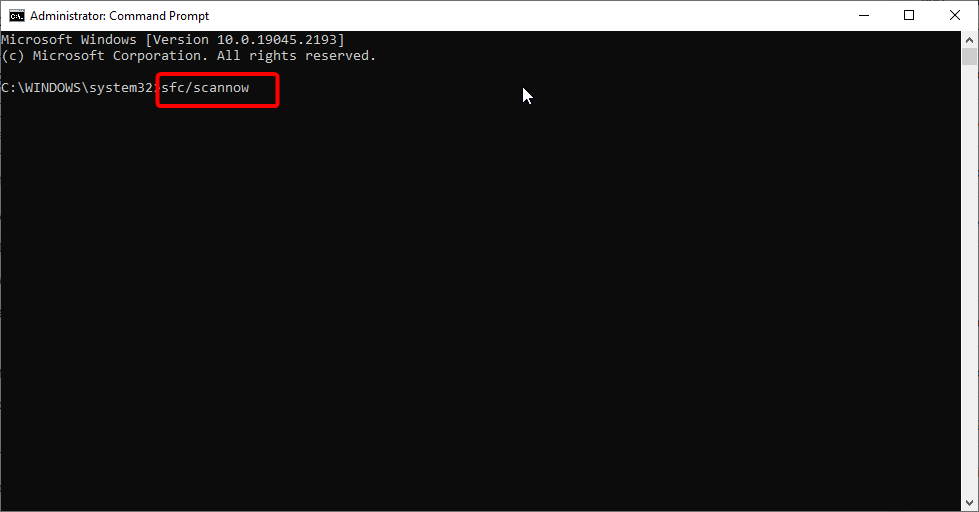
Because the reference by pointer ntoskrnl.exe problem is a BSOD, broken system files cannot be ruled out. However, performing the commands above should resolve the issue and restore normal service.
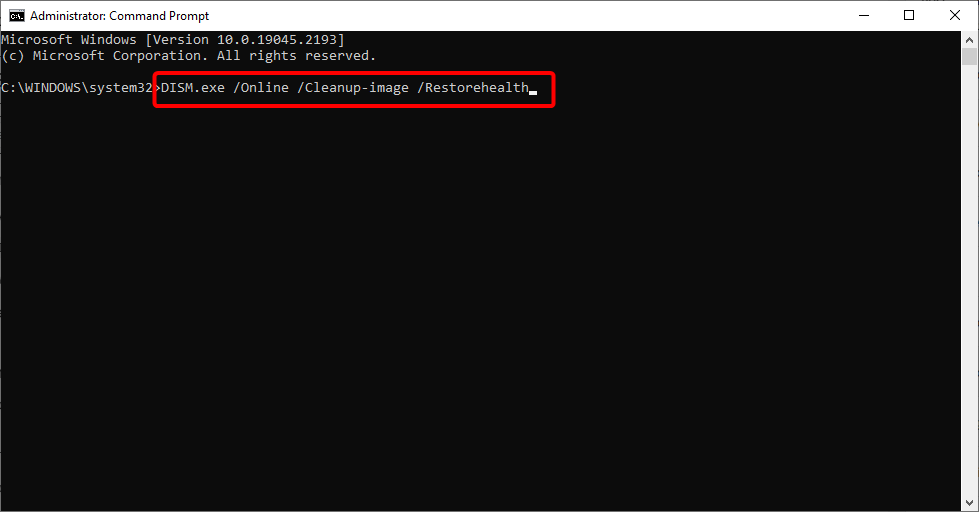
Even if the SFC scan fails, you should still run the DISM command. However, you can now rerun SFC once DISM has been completed.
Conclusion
You must now locate the problematic application. To do so, enable the programs in batches and double-check the one that causes the issue.
Then, all you have to do is uninstall it with CCleaner’s excellent uninstaller. This should return your computer to regular operation. This approach has significantly aided in the resolution of the reference by the pointer blue screen on the screen.
This solution brings us to the end of this guide. The reference by pointer BSOD error might be annoying, but we hope you can resolve it using one of these alternatives.







